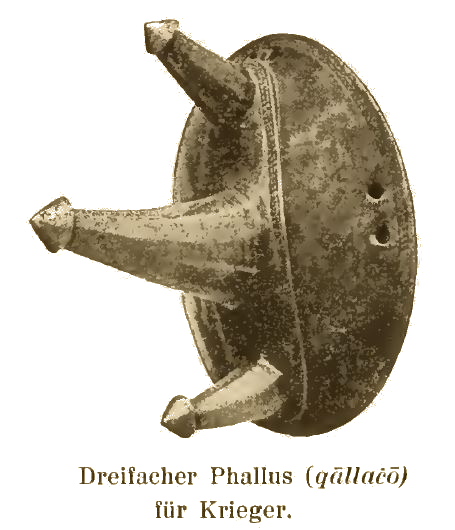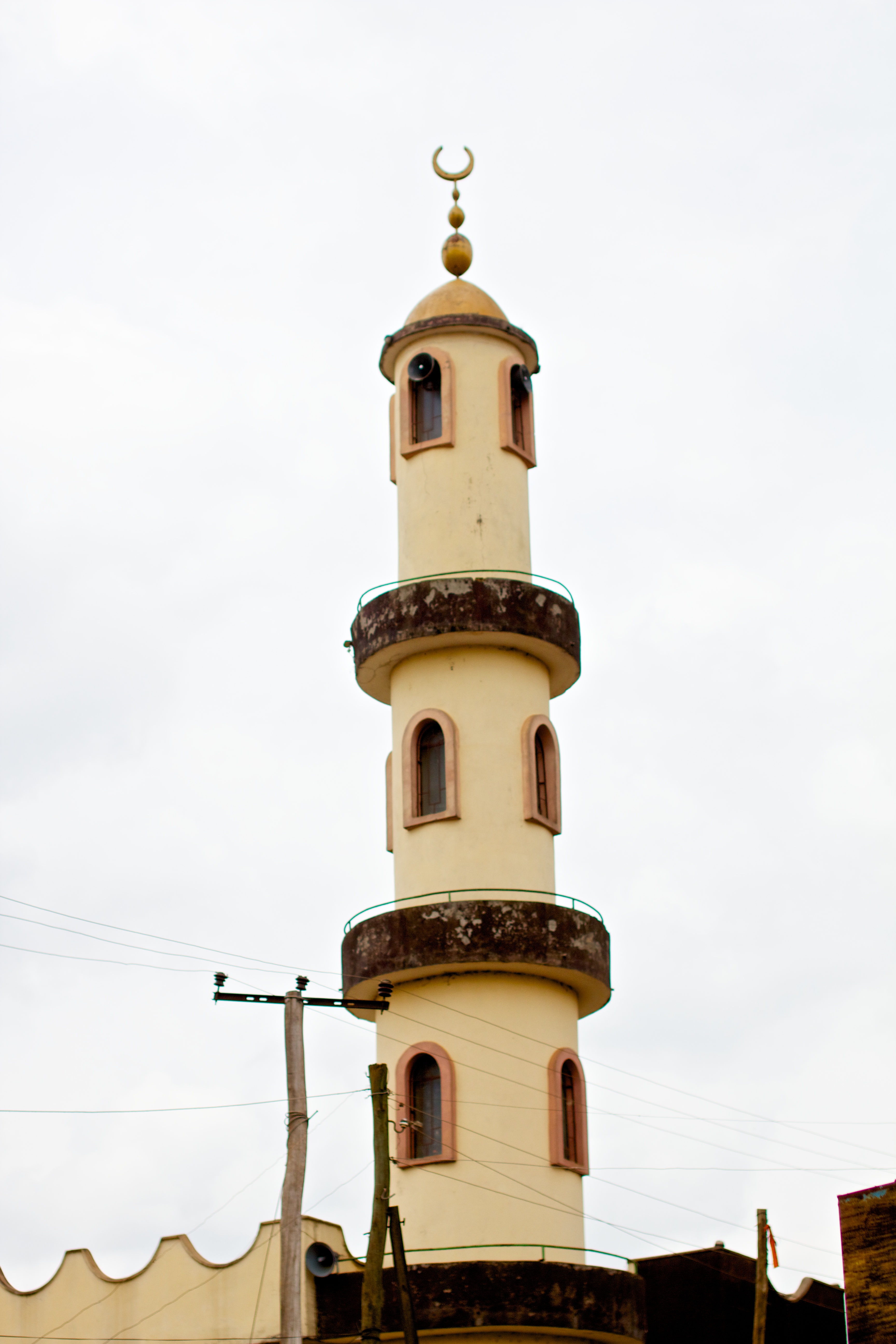|
Saqqa
Saqqa (also known as Limmu Saqqa) is a town in south-western Ethiopia, and capital of the former Kingdom of Limmu-Ennarea. Located in the Jimma Zone of the Oromia Region, this town has a latitude and longitude of . Based on figures from the Central Statistical Agency in 2005, this town has an estimated total population of 2,679 of whom 1,379 were men and 1,300 were women. The 1994 census reported this town had a total population of 1,497 of whom 748 were males and 749 were females. It is one of two towns in Limmu Sakka woreda. History Saqqa became a town of importance when king Abba Bagido made it his capital of Limmu-Ennarea in 1825, eclipsing his father's capital, Sappa. It thrived as the major marketplace of the Gibe region, where the different kinds of Muslim traders (known as Jabarti and Afkala) bought gold, coffee, and ivory. In the mid-to-late 1830s, Abba Bagibo forbade foreign merchants to travel beyond Saqqa, so merchants from Gondar, Adwa, Derita and Dawe we ... [...More Info...] [...Related Items...] OR: [Wikipedia] [Google] [Baidu] |
Limmu-Ennarea
The Kingdom of Limmu-Ennarea was one of the kingdoms in the Gibe region of Ethiopia that emerged in the 19th century. It shared its eastern border with the Kingdom of Jimma, its southern border with the Kingdom of Gomma and its western border with the Kingdom of Gumma. Beyond its northern border lay tribes of the Macha Oromo. Jimma was considered the most civilized of the Gibe kingdoms, which had a population in the 1880s between 10,000 and 12,000. It was converted to Islam by missionaries from Harar in the first half of the 19th century; C.T. Beke, writing in 1841, reported that its "king and most of his subjects are Mohammedan." Limmu-Ennarea's capital was at Saqqa. The location of this former kingdom has a north to south central elevation between 1,500 and over 2,000 metres (5,000 to over 6,500 feet), and is covered with forests. The population of this kingdom was estimated in 1880 to have been about 40,000, including slaves. However, this was after an epidemic of plague in t ... [...More Info...] [...Related Items...] OR: [Wikipedia] [Google] [Baidu] |
Sakka, Damascus
Sakka or Saqqa ( ar, سكا) is a village to the southeast of Damascus, on the edge of the Ghouta, north west of Damascus International Airport in Syria. Tell Sakka Tell Sakka is a man-made tell in the neighborhood that has been excavated by Ahmed Taraqji on behalf of the Directorate-General of Antiquities and Museums. Remains of a palace was found and dated to between 1800 and 1600 BCE. It has provided evidence of Egyptian influence in the Ghouta, The architectural remains were said to resemble those of Qatna and along with pottery were dated to the Middle Bronze Age. A courtyard was excavated measuring by . Columns marked the entrance to the south and four large columns were positioned in a square in the centre of the courtyard. Tempera or perhaps Fresco technique Paintings were found on the walls showing ancient Egyptian style and motifs. However, beneath the apparent Egyptian scheme, a Near-Eastern tradition is evident in the ideas of the paintings. The first cunei ... [...More Info...] [...Related Items...] OR: [Wikipedia] [Google] [Baidu] |
Kingdom Of Jimma
The Kingdom of Jimma ( om, Mootummaa Jimmaa) was an Oromo people, Oromo kingdom in the Gibe region of Ethiopia that emerged in the 18th century. It shared its western border with Limmu-Ennarea, its eastern border with the Sidama people, Sidamo Kingdom of Janjero, and was separated from the Kingdom of Kaffa to the south by the Gojeb River. Jimma was considered the most powerful militarily of the Gibe kingdoms. History Establishment According to legend, a number of Oromo groups (variously given from five to 10) were led to Jimma by a great sorceress and Queen named Makhore, who carried a ''boku'' (usually connected with the ''abba boku'', or headman of the Oromo ''Gadaa'' system) which when placed on the ground would cause the earth to tremble and men to fear. It is said that with this ''boku'', she drove the Kaffa people living in the area across the Gojeb River. While this suggests that the Oromo invaders drove the original inhabitants from the area, Herbert S. Lewis notes tha ... [...More Info...] [...Related Items...] OR: [Wikipedia] [Google] [Baidu] |
Jimma Zone
Jimma is a zone in Oromia Region of Ethiopia. Jimma is named after former Kingdom of Jimma, which was absorbed into the former province of Kaffa in 1932. Jimma is bordered on the south by the Southern Nations, Nationalities and Peoples Region, the northwest by Illubabor Zone, on the north by East Welega Zone and on the northeast by West Shewa Zone; part of the boundary with West Shewa Zone is defined by the Gibe River. The highest point in this zone is Mount Maigudo (2,386 m). Towns and cities in Jimma include Agaro, Limmu Inariya and Saqqa. The town of Jimma was separated from Jimma Zone and is a special zone now. The Central Statistical Agency (CSA) reported that 26,743 tons of coffee were produced in this zone in the year ending in 2005, based on inspection records from the Ethiopian Coffee and Tea authority. This represents 23.2% of the Region's output and 11.8% of Ethiopia's total output, and makes Jimma one of the three top producers of these goods, along with the Sidama ... [...More Info...] [...Related Items...] OR: [Wikipedia] [Google] [Baidu] |
Limmu Sakka
Limmu Sakka is one of the woredas in the Oromia Region of Ethiopia. It is named in part after the former kingdom of Limmu-Ennarea, whose territories included the area this woreda now covers. Part of the Jimma Zone, Limmu Sakka is bordered on the southwest by the Didessa River which separates it from the Illubabor Zone, on the northwest by the Misraq Welega Zone, on the northeast by the Gibe River which separates it from the Mirab Shewa Zone, and on the southeast by Limmu Kosa. The administrative center of the woreda is Atnago; other towns include Saqqa, the capital of the former kingdom of Limmu-Ennarea. Overview Dora Gabena, Chalte and Ato Kelala are amongst the highest points in this woreda. A survey of the land in Limmu Sakka shows that 57.3% is arable or cultivable (7.7% was under annual crops), 22.8% pasture, 4.9% forest, and the remaining 15% is considered swampy, degraded or otherwise unusable. Teff, oranges and bananas are important cash crops. [...More Info...] [...Related Items...] OR: [Wikipedia] [Google] [Baidu] |
Kingdom Of Kaffa
The Kingdom of Kaffa was a kingdom located in what is now Ethiopia from 1390 to 1897, with its first capital at Bonga. The Gojeb River formed its northern border, beyond which lay the Gibe kingdoms; to the east the territory of the Konta and Kullo peoples lay between Kaffa and the Omo River; to the south numerous subgroups of the Gimira people, and to the west lay the Majangir people. The native language, also known as Kaffa, is one of the Omotic group of languages. Kaffa was divided into four sub-groups, who spoke a common language Kefficho, one of the Gonga/Kefoid group of Omotic languages; a number of groups of foreigners, Ethiopian Muslim traders and members of the Ethiopian Church, also lived in the kingdom. There were a number of groups of people, "but with the status of submerged status", who also lived in the kingdom; these included the ''Manjo'', or hunters; the ''Manne'', or leatherworkers; and the ''Qemmo'', or blacksmiths. The ''Manjo'' even had their own king ... [...More Info...] [...Related Items...] OR: [Wikipedia] [Google] [Baidu] |
Kullo
The Dawro are a people of southern Ethiopia, also known as the Omete. They speak the Dawragna language. During the nineteenth century, the Dawro lived in an independent state known as the Kingdom of Dawro. In 2000, the Dawro Zone was split off from the former Semien Omo Zone in the Southern Nations, Nationalities, and People's Region. It consists of the woredas of Isara Tocha, Loma Bosa, and Mareka Gena Mareka Gena was one of the 77 woredas in the Southern Nations, Nationalities, and Peoples' Region of Ethiopia. Part of the Semien Omo Zone, Mareka Gena was a triangle-shaped area located south of the confluence of the Omo River and its east-flowing .... References Ethnologue* Ethnic groups in Ethiopia Omotic-speaking peoples {{Ethiopia-ethno-group-stub ... [...More Info...] [...Related Items...] OR: [Wikipedia] [Google] [Baidu] |
Antonio Cecchi
Antonio is a masculine given name of Etruscan origin deriving from the root name Antonius. It is a common name among Romance language-speaking populations as well as the Balkans and Lusophone Africa. It has been among the top 400 most popular male baby names in the United States since the late 19th century and has been among the top 200 since the mid 20th century. In the English language it is translated as Anthony, and has some female derivatives: Antonia, Antónia, Antonieta, Antonietta, and Antonella'. It also has some male derivatives, such as Anthonio, Antón, Antò, Antonis, Antoñito, Antonino, Antonello, Tonio, Tono, Toño, Toñín, Tonino, Nantonio, Ninni, Totò, Tó, Tonini, Tony, Toni, Toninho, Toñito, and Tõnis. The Portuguese equivalent is António (Portuguese orthography) or Antônio (Brazilian Portuguese). In old Portuguese the form Antão was also used, not just to differentiate between older and younger but also between more and less important. In Galician ... [...More Info...] [...Related Items...] OR: [Wikipedia] [Google] [Baidu] |
Jimma
Jimma () is the largest city in southwestern Oromia Region, Ethiopia. It is a special zone of the Oromia Region and is surrounded by Jimma Zone. It has a latitude and longitude of . Prior to the 2007 census, Jimma was reorganized administratively as a special Zones of Ethiopia, Zone. History What is now Jimma's northern suburb of Jiren (city), Jiren was the capital of a large Kingdom of Kaffa, Kaffa province until the Oromos migrated to the region in the 18th century. Originally named ''Hirmata'' before the Oromo invasion. The city owed its importance in the 19th century to being located on the caravan route between Shewa and the Kingdom of Kaffa, as well as being only six miles from the palace of the king of Kingdom of Jimma, Jimma. According to Donald Levine, in the early 19th century the market attracted thousands of people from neighboring regions: "Amhara from Gojjam and Shoa, Oromo from all the Gibe Kingdoms and numerous representatives of the Lacustrine and Omotic grou ... [...More Info...] [...Related Items...] OR: [Wikipedia] [Google] [Baidu] |
Italy
Italy ( it, Italia ), officially the Italian Republic, ) or the Republic of Italy, is a country in Southern Europe. It is located in the middle of the Mediterranean Sea, and its territory largely coincides with the homonymous geographical region. Italy is also considered part of Western Europe, and shares land borders with France, Switzerland, Austria, Slovenia and the enclaved microstates of Vatican City and San Marino. It has a territorial exclave in Switzerland, Campione. Italy covers an area of , with a population of over 60 million. It is the third-most populous member state of the European Union, the sixth-most populous country in Europe, and the tenth-largest country in the continent by land area. Italy's capital and largest city is Rome. Italy was the native place of many civilizations such as the Italic peoples and the Etruscans, while due to its central geographic location in Southern Europe and the Mediterranean, the country has also historically been home ... [...More Info...] [...Related Items...] OR: [Wikipedia] [Google] [Baidu] |

